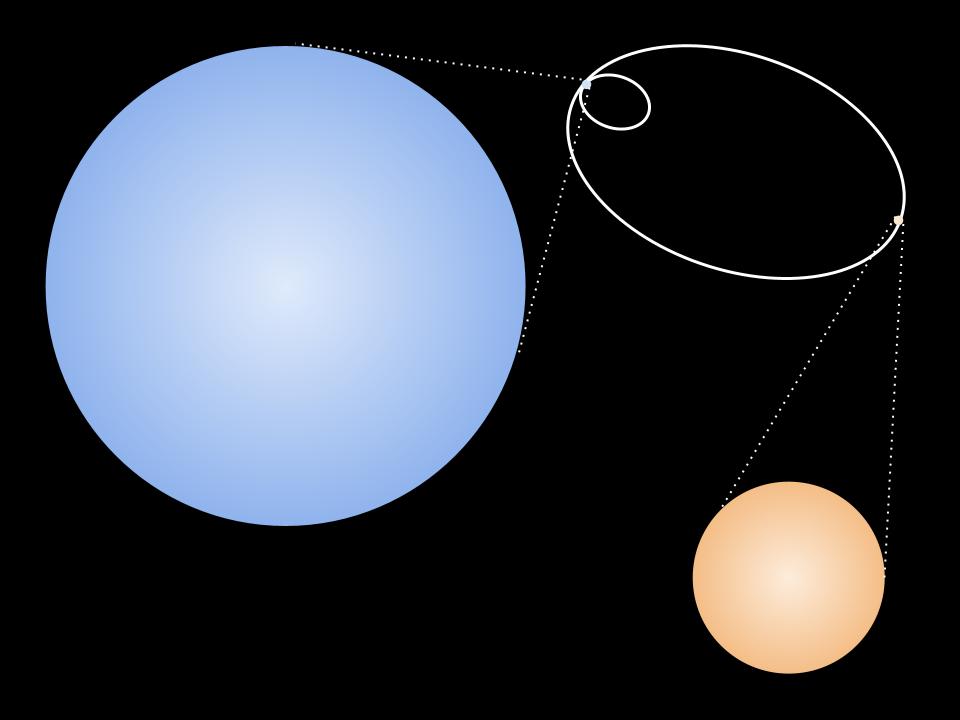In an unexpected twist, a new study revealed that a star in a young double system is lighter than previously thought, challenging stellar evolution models. The work was led by Jazmı́n Ordóñez-Toro, a doctoral student in Astrophysics at the Institute of Radio Astronomy and Astrophysics (IRyA) at UNAM, Campus Morelia.
“Scientific collaboration and the application of the latest tools are very important to expand our knowledge of the universe, as well as the continuous questioning and revising of established theories,” said Ordóñez-Toro enthusiastically, speaking about the team that presented this new and surprising result, recently published in The Astronomical Journal.
The system called S1 is made up of two stars, one more massive (heavier) than the other, and is located in a star-forming region in the direction of the constellation Ophiuchus, about 450 light-years away from Earth. In this region, many stars of intermediate and low mass are being born, that is, some a little heavier than the Sun but not too heavy, and others less heavy than the Sun.
“In recent decades, systems of two young stars like S1 have been a key reference for establishing limits on star formation models, providing crucial clues about the processes related to forming both intermediate-mass and low-mass stars,” Ordóñez-Toro explained.
In a system like S1, two young stars orbit each other around a common center of mass, that is, they rotate around each other. Measuring their movement precisely allows astronomers to determine the mass of both stars independently of the theoretical models of stellar formation and evolution, a process that is key to testing them.
Until now, the main component of S1 had been classified as a star about 6 times the mass of the Sun, comparing its intense luminosity with that predicted by existing stellar evolution models. In this new work, the research team led by Ordóñez-Toro made observations in radio waves using a powerful technique called Very Long Baseline Interferometry (VLBI), which combines data from different radio telescopes at large distances from each other.
In addition, the team compiled similar previous observations made over two decades that, together with the most recent ones, allowed measuring the motion of the S1 system with unprecedented precision, and therefore estimating the mass of both stars in the system independently of the models.
Surprisingly, Ordóñez-Toro and her team estimated that the main component of S1 has a mass only about 4.1 times that of the Sun, lower than previous estimates. Considering a wide range of theoretical models, the team concluded that the models overestimate the mass of this component by between 20% and 50%. This discrepancy highlights the need to review these models.
“Our study shows the importance of using advanced techniques and long-term observations to unravel the mysteries of star formation,” said Ordóñez-Toro. “This work not only redefines our perception of S1, but could have significant implications for refining theoretical models of early stellar evolution in the intermediate mass range,” she concluded.
Jazmín Ordóñez-Toro’s Career
Jazmín Ordóñez-Toro studied in the Physics Program at the University of Nariño, Colombia. She then obtained a Master of Science (Astrophysics) degree at the University of Guanajuato in 2020, and is currently a student in the Ph.D. program in Astrophysics at IRyA UNAM, Campus Morelia, under the direction of Prof. Laurent Loinard from IRyA and Dr. Sergio Dzib from the Max Planck Institute for Radio Astronomy (MPIfR). Her work focuses on studying binary star systems using Very Long Baseline Interferometry (VLBI).
Research paper
Dynamical Mass of the Ophiuchus Intermediate-mass Stellar System S1 with DYNAMO-VLBA
Jazmín Ordóñez-Toro et al. 2024, The Astronomical Journal 167, 108
https://iopscience.iop.org/article/10.3847/1538-3881/ad1bd3
About IRyA, UNAM
The Instituto de Radioastronomía y Astrofísica (IRyA), or Institute for Radioastronomy and Astrophysics is an academic unit at UNAM, Campus Morelia, Mexico. The Institute’s personnel perform high-level and high-impact research in the areas of interstellar medium, star formation, evolved stars, high energy astrophysics, Galactic dynamics and structure, extragalactic astronomy and cosmology. They also contribute to educate high-level human resources through a postgraduate program, and maintain a close relationship with society through diverse outreach and science communication programs.
If you are interested in our Institute, visit the English version of our webpage, www.irya.unam.mx/web/en
Media contact:
Dr. René A. Ortega Minakata
Outreach and Science Communication
IRyA UNAM Campus Morelia
Text and illustration: IRyA UNAM





